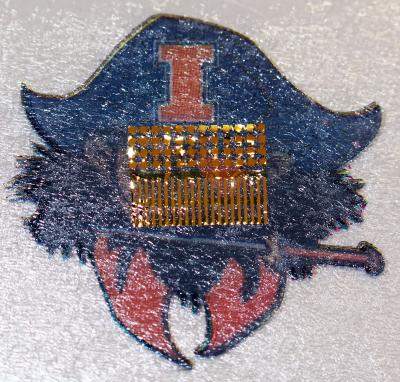An international team of scientists has designed an ultra-thin, self-adhesive electronics device capable of measuring data about the heart, brain waves and muscle activity.
The electronic tattoo is less than 50-microns thick and can be worn without the use of bulky equipment, conductive fluids or glues.
Dubbed the epidermal electronic system (EES), the device is so thin that close-contact forces called van der Waals interactions dominate the adhesion at the molecular level - allowing it to stick to the skin without any glue for up to 24 hours.
Nevertheless, the electronic tattoo boasts miniature sensors, light-emitting diodes, tiny transmitters, receivers and networks of carefully crafted wire filaments.
"Our goal was to develop an electronic technology that could integrate with the skin in a way that is mechanically and physiologically invisible to the user," said John Rogers, a professor in materials science and engineering department at the University of Illinois at Urbana-Champaign.
"We found a solution that involves devices we designed to achieve physical properties that match to the epidermis itself. It's a technology that blurs the distinction between electronics and biology."

While existing technology accurately measures heart rate, brain waves and muscle activity, EES devices offer the opportunity to seamlessly apply sensors with almost no weight, no external wires and negligible power requirements.
Because of the reduced power sipping, the devices can draw power from stray (or transmitted) electromagnetic radiation via the process of induction, while harvesting a portion of their energy requirements from miniature solar collectors.
"The mechanics behind the design for our serpentine-shaped electronics makes the device as soft as the human skin," explained Northwestern University engineer Yonggang Huang, a lead researcher on the project.
"The design enables brittle, inorganic semiconductors to achieve extremely vast stretchability and flexibility. Plus, the serpentine design is very useful for self adhesion to any surface without using glues."






